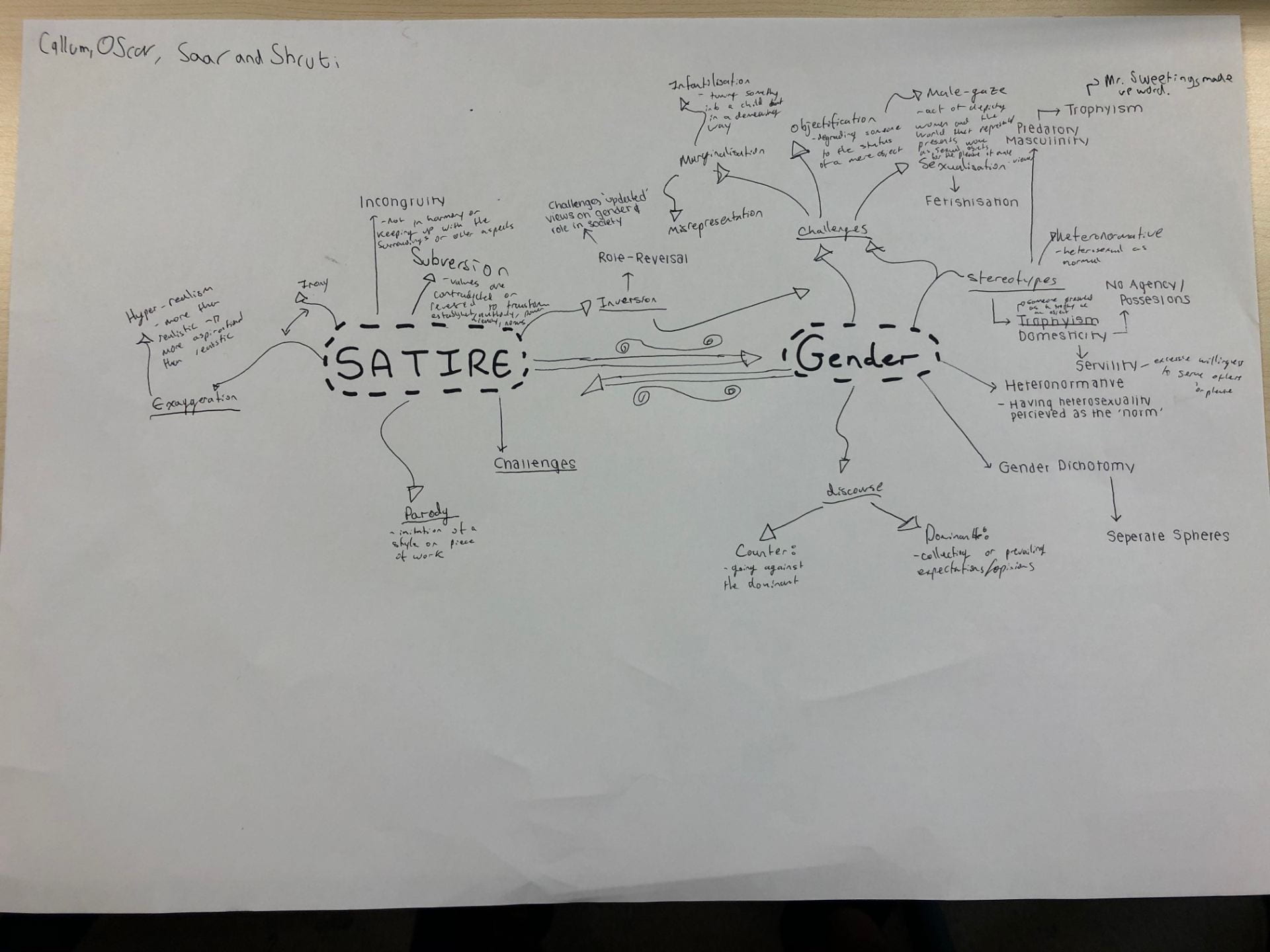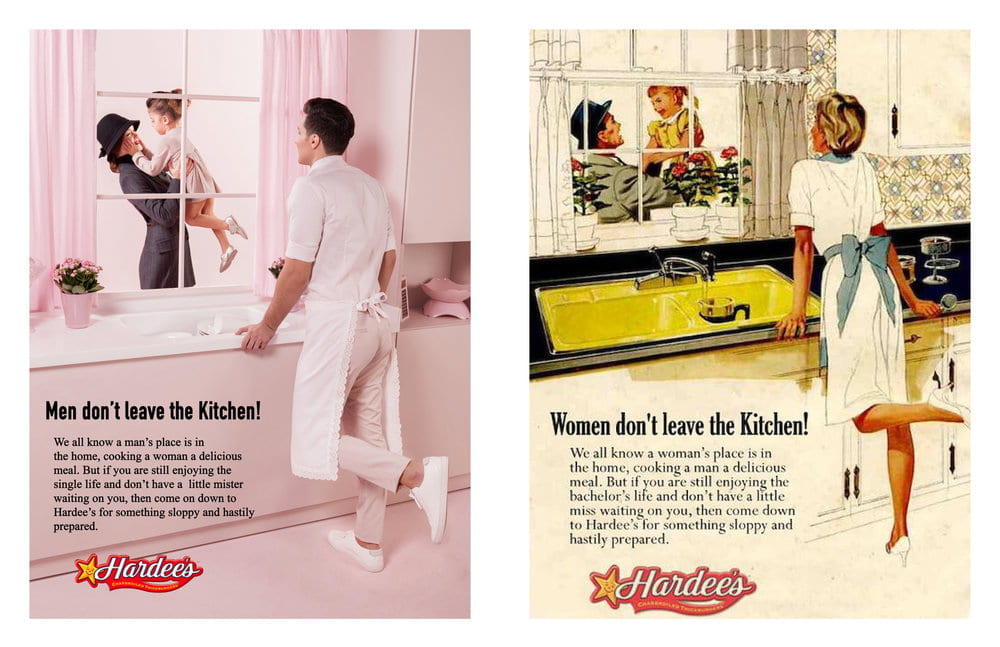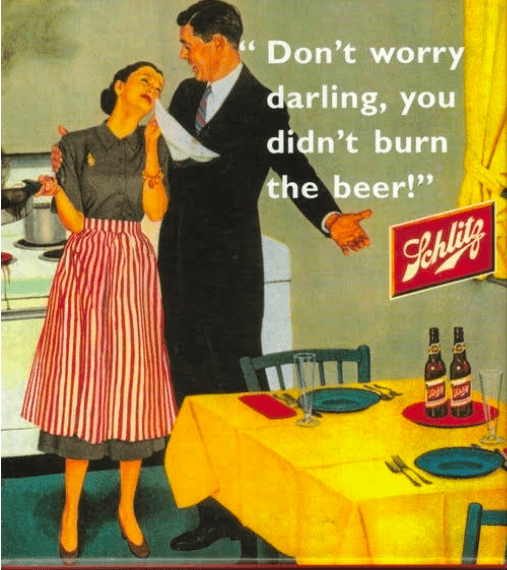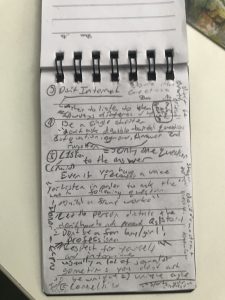Oscar Landgren 2018-03-09

Mukul Deva Marc Nair
Here you are, sitting down in a somewhat comfy chair surfing the web in order to acquire the quintessential writing method that you will apply to your very new and first novel. However, you seem to have trouble finding the optimal method for your upcoming novel because there are so many to choose from. What do you do?
In my opinion, there is no optimal or exemplary method that will work for any piece of story writing whether that is a mystery or narrative poem. During Writer’s Fortnight 2018 hosted by UWCSEA East, students, including myself, listened to several presentations about people’s stories. In these sessions, I was able to attend to two writers who both had different approaches to writing. While it may be true that their genres are totally different as one writes thrillers and mysteries, and the other poems, there is still going to be different methods of writing; even though it is the same style or genre. However, it raises the question: “which method do I choose?”
Firstly, we listened to novelist and motivational speaker, Mukul Deva. During his presentation, he talked about his method of writing a story, specifically a mystery. He showed us this slide:

When Mukul Deva talks the ‘science’ of writing, he means “WHAT we are going to do” and ‘art’ in terms of “HOW we’re going to do it“. We were asked to create a murder mystery novel and we used this method to write that story. Firstly, we should underline the story outline which are the plot, setting, characters and incidents/events that take place. He believes that there should be no more than 5 POVs (point of view characters) in any novel, to make it easy. In a murder mystery novel, there should be around 4 characters where there are 3 witnesses/suspects, including the murderer, and a detective/cop. After that, we should accentuate the chapters by breaking it up in our planning. If we were to write our first mystery novel, we should try to aim for approximately 10 chapters. After that, it is all about the research into the story and the eventual validation of it. Finally, there is the writing of the story, the revision and editing, and finally the publication.
On the other hand, Marc Nair has an unusual approach to poetry. Marc Nair talked about how he has an “itchy eye” for themes, issues, messages, and culture which explains his diverse set of poems that cover many forms of art such as photography, dance, sculptures, paintings, etc. He described how a lot of his poems are based on what is happening in the media and how he often criticises issues by examining them at often unique angles. When he’s vocally performing his poems, he brings out and evokes a lot of feelings, emotions as well as elements of drama to captivate his audience about his messages, sometimes involving humour.
Furthermore, Mukul Deva told us that “there are no rules in writing”. Although this is, of course, true to some extent, it is a necessity that there are some obvious rules. Of course, you could write something really weird where the readers find themselves in the book without a plot or grammatically correct sentences, however, most people would agree on some rules. For example, most of the writing should be grammatically correct, except in extreme circumstances in which there is a purpose such as in dialogue; or there is some sort of clear structure or story, so the readers know what’s happening unless it is from any work by Pseudonymous Bosch. However, I assume he means that except for the obvious rules, you can write about anything.
Furthermore, even though his method seems to be a very good, valid and reasonable, this can’t work for all stories. He believed that this method is the best to start with for any new writer. Many authors and writers have different approaches, so saying that this unique method is the best, is definitely erroneous and invalid. Likewise, this method seems very generic as it is very similar to what we do in school when we are asked to plan and write short stories. In addition to that, his motivation to make money, although brutally honest, can be quite controversial as well. In other words, his motivation for money and his method can be controversial to other, making his method quite mundane.
Moreover, there are loads of methods to writing stories that can be found in published books or articles or teaching classrooms and even the deepest regions of the internet. According to an article published by the British Council, process writing is one approach. In order to follow this, one must first pre-write or brainstorm and then focus on the ideas so that you can start writing. Finally, one must structure the writing, evaluate and edit. However, during this method, one must also gain feedback from peers, share ideas with others, questioned and debate on ideas. In other words, this is more of a social approach to writing rather than an individual.
Likewise, it doesn’t just have to be writing novels, it could be poetry, persuasive piece, descriptive essay or business writing. Furthermore, a very popular writing method is called the ‘Snowflake Method’ which was designed by Randy Ingermanson. In one article on his page, he said that “there are a thousand different people out there who can tell you how to write a novel [and] there are a thousand different methods.”(Randy Ingermanson, 2018). He believes that good fiction needs to be designed so you need to “start small, then build stuff up until it looks like a story.”
Therefore, imagine that you have a triangle which is basically your writing. As you build up your-story with more characters, writing, deeper meanings, themes etc, the triangle will get increasingly more complicated with more patterns, sides, and angles until it eventually becomes this a snowflake like this:

In other words, it is a sort of analogy that Ingermanson has used to describe his method where you keep on building it up.
In conclusion, there is no ideal method that will work across all works of literature. Marc Nair, who is a Singapore poet, has always felt that culture, themes, issues, and messages are significant as well as important in our daily lives. However, in order to truly understand the meaning of these issues, he scrutinizes and examines it at an unusual angle. Mukul Deva is assertive that his ‘art’ and ‘science’ method is a good approach, to begin with, especially when new to writing a novel. Academic and educational establishments such as the British Council believe more in writing as groups, especially for younger people while Randy Ingermanson believes in building up a story one by one. Despite this, a great quote from Randy Ingermanson from the same blog has explicitly said that “the best one for you is the one that works for you”. On one hand, this quote sums up the reality that there are so many methods and approaches out there so the best one is the one you believe works best for you.
On the other hand, it fails to bring up an important question and that is where that ideal method for you can be found? It seems obvious that you try several outs and pick the best, but it takes a lot of time. Due to the fact that both Mukul Deva’s method and the Snowflake method could both be used to write a mystery novel, it makes it extremely difficult for choose either one for the mystery. Perhaps the only way to find this specific modus operandi is to actually write the way you write without looking up any method. I am confident that many of the best writers from Mark Twain to J.K. Rowling to Chinua Achebe, did not search for a method and rather just went with it that would eventually develop into their own style. In other words, if you really want to be a prominent writer, you have to develop it in your own way and despite the hard effort, you must stay resilient to effectively construct it. To conclude, my question to you is: does a method like Mukul Deva inhibit creativity? In my opinion, it does inhibit some form of creativty, but it is limtided.
Bibliography:
- “About Me.” Marc Nair. N. p., 2012. Web. 6 Feb. 2018.
- “Inspirational Motivational Speakers Singapore | Leadership Development Speaker Singapore .” Mukuldeva.com. N. p., 2018. Web. 6 Feb. 2018.
- “Approaches To Process Writing.” TeachingEnglish | British Council | BBC. N. p., 2011. Web. 6 Feb. 2018.
- “Effective Writing For The Workplace.” Writers Write. N. p., 2018. Web. 6 Feb. 2018.
- “Research Guides: Organizing Your Social Sciences Research Paper: Academic Writing Style.” Libguides.usc.edu. N. p., 2018. Web. 6 Feb. 2018.
- Herz, Henry, and About Herz. “5 Powerful Writing Techniques That Bring Stories To Life.” The Write Life. N. p., 2014. Web. 6 Feb. 2018.
- Ingermanson. Articles, Overview et al. “How To Write A Novel Using The Snowflake Method.” Advanced Fiction Writing. N. p., 2018. Web. 6 Feb. 2018.
- “7 Techniques From Creative Writing You Can Use To Improve Your Essays.” Oxford Royale Academy. N. p., 2014. Web. 6 Feb. 2018.


























